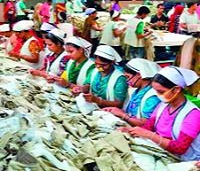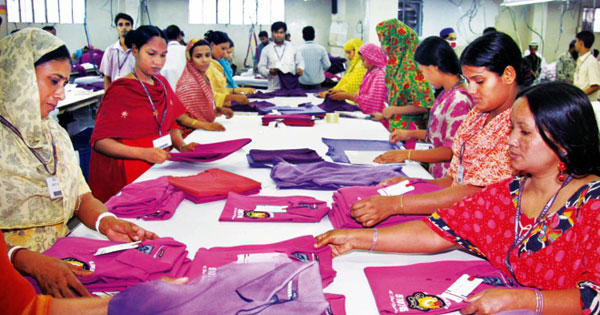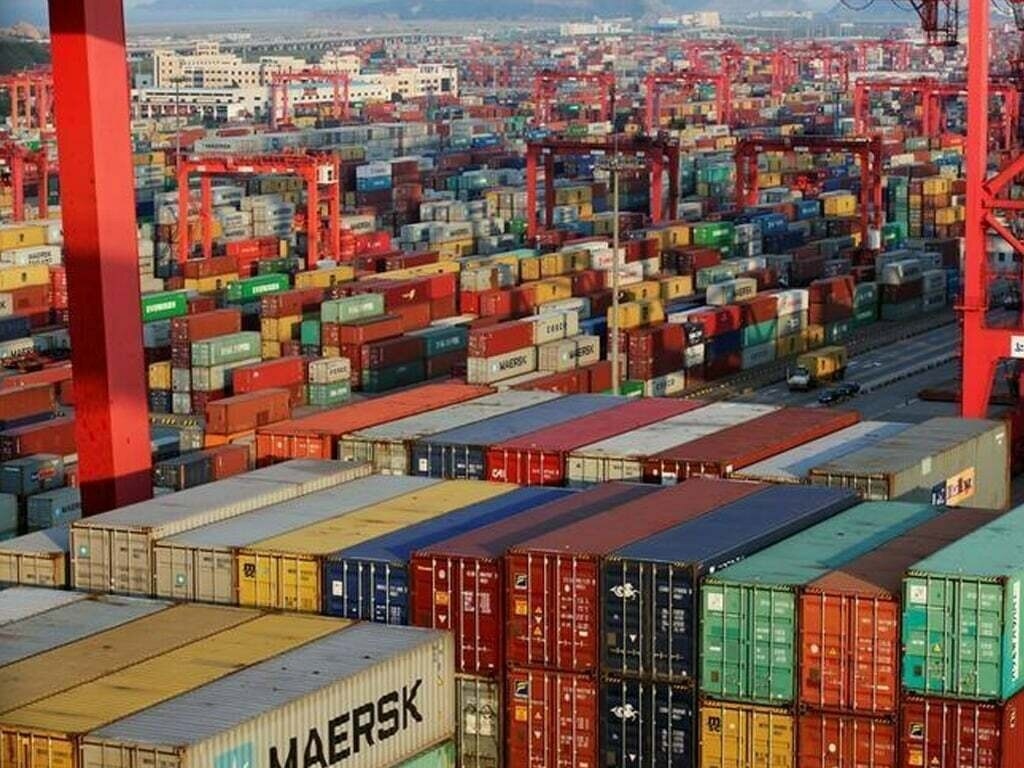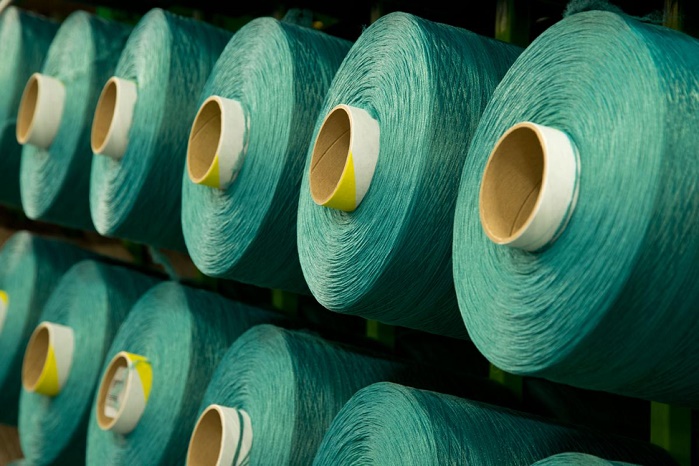"Taking a cue from Rana Plaza incident that occurred four years back in Bangladesh, clothing manufacturers have been showing signs of change when it comes to partner selection across the globe. The tragedy was marked as a wake-up call for the industry and a chance to improve the safety of global supply chains. More than 200 brands and retailers from Europe and the US signed legally binding agreements – the Bangladesh Accord on Fire and Building Safety and the Alliance for Bangladesh Worker Safety."

Taking a cue from Rana Plaza incident that occurred four years back in Bangladesh, clothing manufacturers have been showing signs of change when it comes to partner selection across the globe. The tragedy was marked as a wake-up call for the industry and a chance to improve the safety of global supply chains. More than 200 brands and retailers from Europe and the US signed legally binding agreements – the Bangladesh Accord on Fire and Building Safety and the Alliance for Bangladesh Worker Safety. They agreed to improve labour rights and safety standards, and collectively pledged $100 million to enforce the standards set by the Accord and the Alliance. Yet progress remains slow.

An investigation by NYU Stern Center for Business and Human Rights published last year revealed only 27 per cent Bangladeshi factories are covered by the initiatives, effectively excluding almost three million RMG workers from their protections. Campaigners are calling for further action from retailers and brands, including strengthening the Bangladesh Accord, points out Orsola de Castro, Founder and Creative Director of Fashion Revolution, a not-for-profit organisation that campaigns for reform in fashion industry.
Transparency the bedrock of reform
According to de Castro, the health and safety situation in Bangladesh is far from resolved. Workers in developing countries around the world continue to suffer huge abuse, and are not yet being paid a living wage or an adequate wage to support their families and live a dignified life. According to an H&M official, the first step has to be transparency. It means brands holding themselves and their suppliers accountable on issues such as human rights, fair jobs and environmental protection. The official says, they customers to know they do their best to ensure the fashion they offer has been made, transported and sold responsibly.
Retailers such as H&M have been releasing lists of their suppliers to enhance transparency in the system. The Fashion Transparency Index (FTI), Fashion Revolution’s annual report into companies’ commitment to cleaning up their supply chains, also marks progress in this area. The index ranks how much information 100 of the largest global fashion businesses disclose about their social and environmental policies, practices and impacts.
The second annual report was published last month and found 31 brands are now disclosing full lists of their direct suppliers – an increase from just five in 2016. However, publishing lists of suppliers reflects just how much brands need to do to ensure fair practice throughout their supply chains. Most have hundreds of suppliers spanning several continents, and ensuring high ethical standards across all is surely difficult.
Concerns about sustainability
Indeed textile production uses enormous amounts of chemicals and factory run-off leads to water pollution. This has raised serious concerns about sustainability. Top global brands such as Stella McCartney and Nike have been voicing their concern and investing significantly in tracking and improving their environmental impact. Gap has also committed to reducing its environmental impact, by taking steps to obtain 100 per cent of its cotton from sustainable sources by 2021. Gap’s chief product officer, Wendi Goldman says it is an opportunity to make a big impact on the global cotton community, and bring to light what’s so incredibly important to the future of garment manufacturing.
The fact one can’t ignore is that today’s fashion industry has to pay the price for years of inadequate regulation, inconsistent compliance and opaque systems that hide traceability and accountability. The huge size of the industry, which is worth $2.4 trillion and employs millions of people, makes it difficult to unravel. There needs to be concerted efforts from governments, regulators, NGOs, trade bodies and factory owners, as well as consumers, brands and retailers to reap the fruits of labour.











